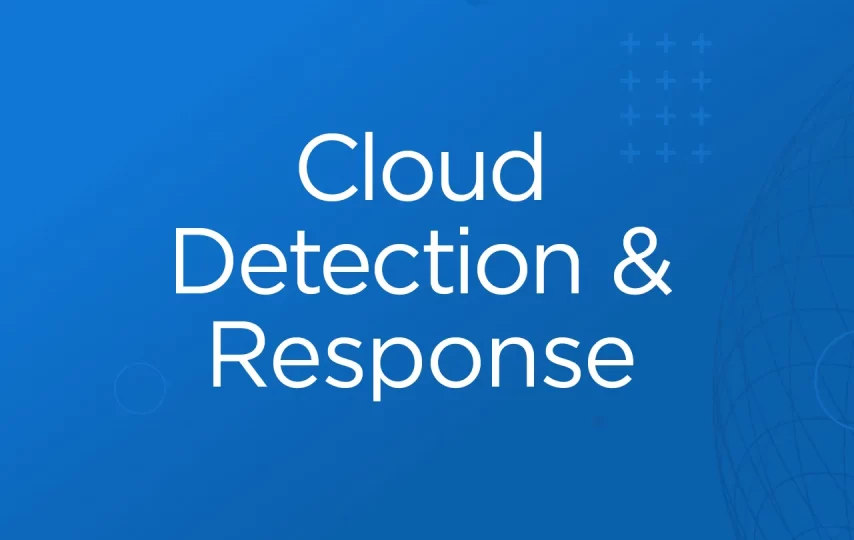In today’s era, cloud computing has become an essential component of every organization’s IT infrastructure. However, with the increasing dependence on the cloud, the risk of security breaches and data theft has also increased. Cloud detection and response (CDR) is a crucial security practice that every organization should implement to protect their cloud infrastructure. In this article, we will discuss the five essential steps for effective CDR.
What is Cloud Detection and Response (CDR)?
Cloud Detection and Response (CDR) is a security practice that enables organizations to detect and respond to security threats in their cloud infrastructure. It involves using a combination of security tools and techniques to monitor cloud activities, detect security threats in real-time, and respond to them promptly. CDR is essential for organizations that store sensitive data in the cloud, as it helps them ensure the security and integrity of their data.
The Importance of Cloud Security in Today’s Business Environment
Cloud computing has become an integral part of every organization’s IT infrastructure, allowing them to store and access data from anywhere in the world. However, with the increasing dependence on the cloud, the risk of security breaches and data theft has also increased. Cybercriminals are constantly finding new ways to exploit vulnerabilities in the cloud infrastructure to gain access to sensitive data. Therefore, it is essential for organizations to implement robust cloud security measures, including CDR, to protect their data from unauthorized access, theft, and other security threats. By ensuring the security of their cloud infrastructure, organizations can maintain the trust of their customers and protect their reputation in the market.
Step 1: Define Your Cloud Environment
The first step in implementing an effective CDR strategy is to define your cloud environment. It includes identifying the type of cloud services your organization is using, the data stored in the cloud, and the users who have access to it. By defining your cloud environment, you can identify potential security risks and design a CDR strategy that suits your organization’s needs.
Step 2: Identify and Prioritize Risks
Once you have defined your cloud environment, the next step is to identify potential security risks. It includes analyzing the data stored in the cloud, identifying sensitive information, and assessing the potential impact of a security breach. Based on the risk analysis, you can prioritize the risks and develop a CDR strategy that addresses the most significant threats first.
Step 3: Implement Cloud Security Controls
The third step in an effective CDR strategy is to implement cloud security controls. It includes using security tools such as firewalls, intrusion detection systems, and security information and event management (SIEM) solutions. These tools can help you detect and respond to security threats in real-time.
Step 4: Monitor and Analyze Cloud Activities
Monitoring and analyzing cloud activities is an essential aspect of CDR. It involves analyzing log files, monitoring network traffic, and using machine learning algorithms to detect anomalies. By monitoring cloud activities, you can identify potential security threats and take proactive measures to prevent them.
Step 5: Respond to Security Incidents
The final step in an effective CDR strategy is to respond to security incidents. It involves creating an incident response plan, defining roles and responsibilities, and conducting regular drills to test the plan’s effectiveness. By responding to security incidents quickly and effectively, you can minimize the impact of a security breach and prevent it from happening in the future.
Conclusion:
Cloud detection and response is a critical security practice that every organization should implement to protect their cloud infrastructure. By following the five essential steps discussed in this article, you can develop an effective CDR strategy that can help you detect and respond to security threats in real-time. It is essential to regularly review and update your CDR strategy to ensure it remains effective against the evolving security threats in the cloud.




